| Principal Investigators: | Christopher T. King, PhD and Bruce Kellison |
| Sponsor: | National Aeronautics and Space Administration, Lyndon B. Johnson Space Center |
| Research Partners: | IC2 Institute, Bureau of Business Research |
| Project Duration: | June 2006 – March 2007 |
| Description: | In 2004 and 2005, a series of eight major and minor hurricanes wreaked havoc all along the U.S. Gulf Coast, resulting in scores of counties being declared Major Disaster Area (MDA) counties. Hurricane Katrina, which bombarded the region in September of 2005, was among the most devastating of these. While not inflicting direct damage on facilities critical to the Space Shuttle Program (SSP) of the National Aeronautics and Space Administration (NASA), Katrina caused considerable adverse effects as it shut down schools and destroyed homes, roads, water treatment plants and other essential components of the region’s infrastructure.
The Space Shuttle Program’s mission is to fly up to four human space flight missions each year between now and September 2010, referred to as the SSP “fly-out” date. Each of these missions is estimated to require intensive months of planning and subsequent implementation effort by highly skilled teams of engineers and related technical and support staff in two key facilities that lay in Hurricane Katrina’s path:
Together, these vital SSP facilities employ around 2,000 workers. Many of these employees are highly educated engineers and technical staff with skills that will be costly to replace, both in terms of the time it would take to recruit, screen, hire and train them and the lost productivity for the Space Shuttle Program. Of these employees, more than 1,500 are employed by Lockheed Martin to work n the external tank assembly and related operations and almost 400 work at Stennis Flight Center on rocket engine testing. It is also important to note that both of these facilities are also facing serious internal workforce challenges as a result of ongoing demographic changes, primarily their aging workforce. According to officials at the Lyndon B. Johnson Space Center, a substantial share of the engineers and technical/support staff at these two facilities are fast approaching retirement age and, given the added “push” from Katrina and its aftermath, may leave their jobs at some point in the near future. Both of these forces — Katrina and its associated effects on the region’s infrastructure, plus the aging of its workforce — have the potential to adversely impact the ability of the Space Shuttle Program to accomplish its mission, namely flying up to four human space flight missions each year between now and mission “fly-out” in 2010. This proposal will estimate these potential adverse impacts and then develop recommended strategies for addressing them. Approach The researchers propose to assess the economic and workforce impact on the Space Shuttle Program’s capacity to achieve its mission of flying human space flight missions between now and September 2010 and to develop a series of recommended strategies for countering any adverse impacts that emerge based on this research. Major Research Components. The major components of the proposed research are:
|
| Reports Available: | Economic and Workforce Impacts of Hurricane Katrina, Demographic and Related Changes on NASA’s Space Shuttle Program: Findings and Recommendations (Summary Report) Authors: Christopher T. King, J. Bruce Kellison, Tara Smith, Eliza Evans, MaryAnn Anderson, Ara Merjanian, Bryan Hadley, and Andrew Stackhouse Date: March 2007 Publication Type: Report, 52pp. Economic and Workforce Impacts of Hurricane Katrina, Demographic and Related Changes on NASA’s Space Shuttle Program: Findings and Recommendations (Final Report) |


Leave a Reply